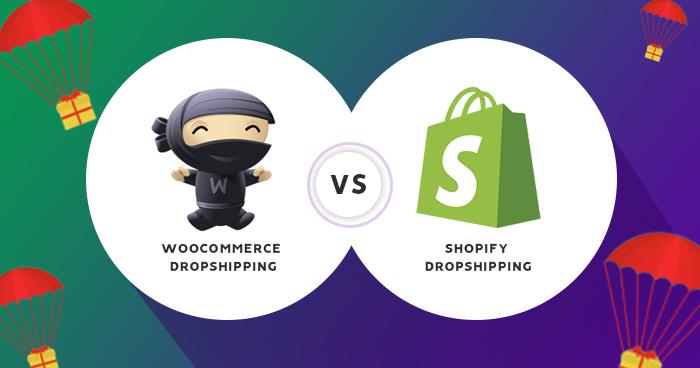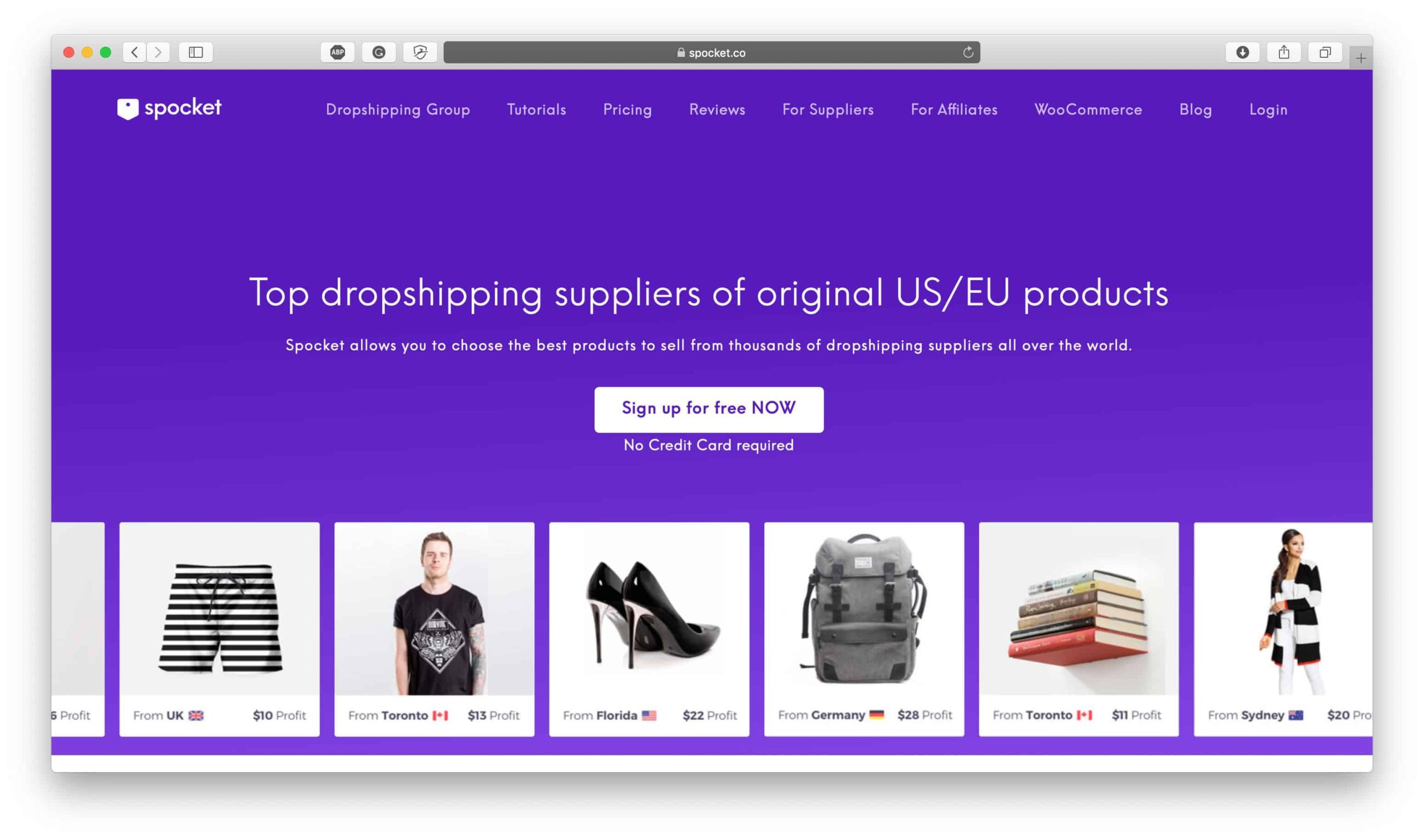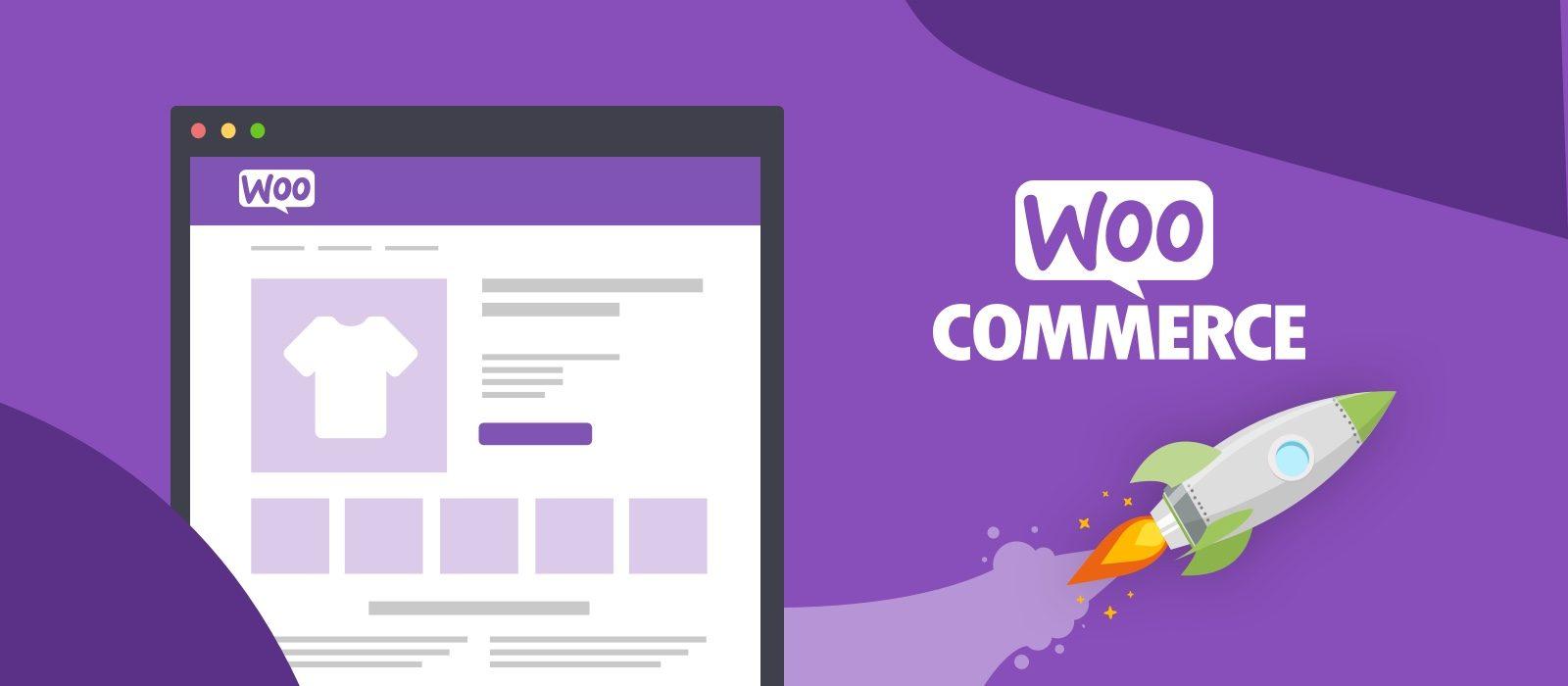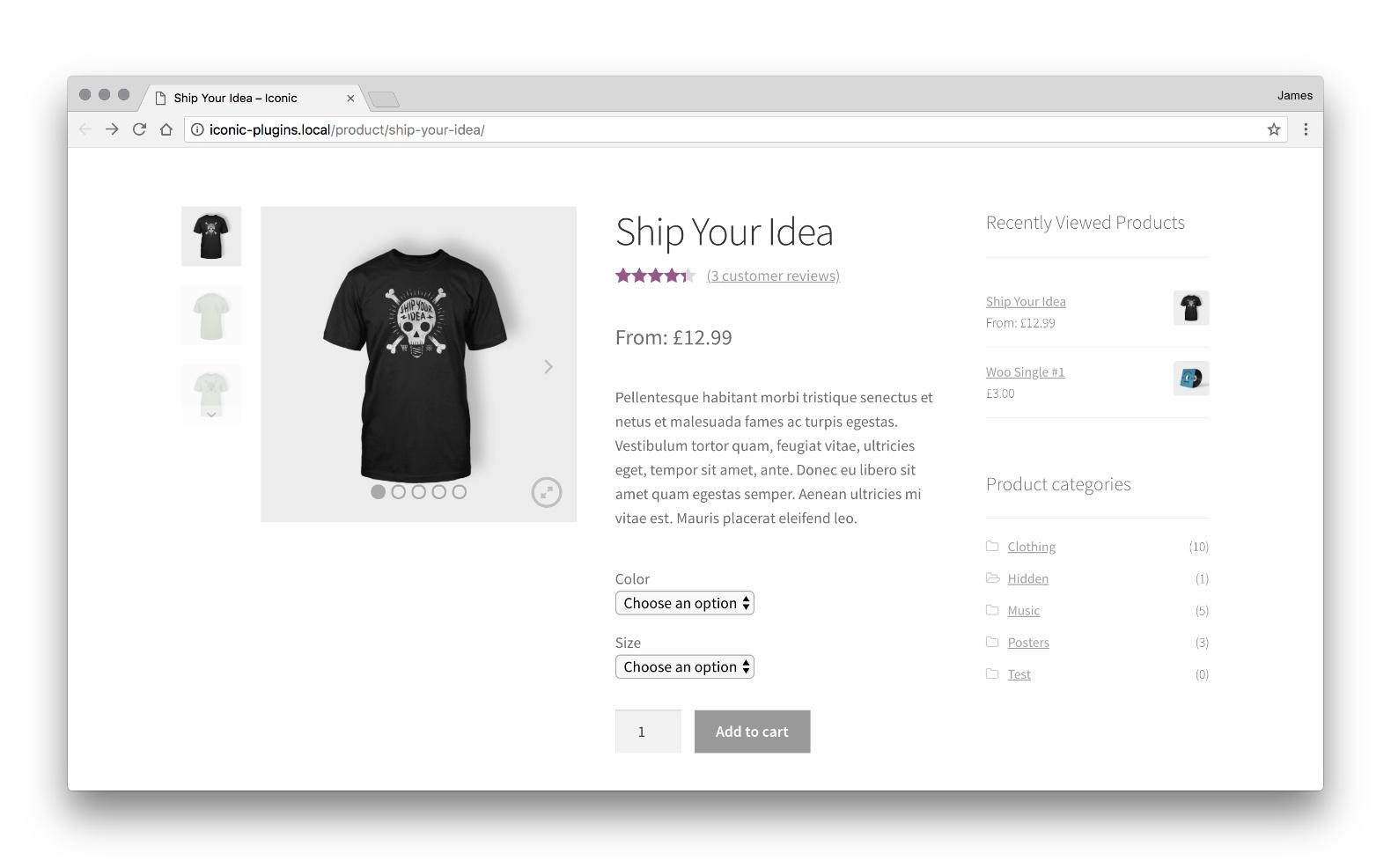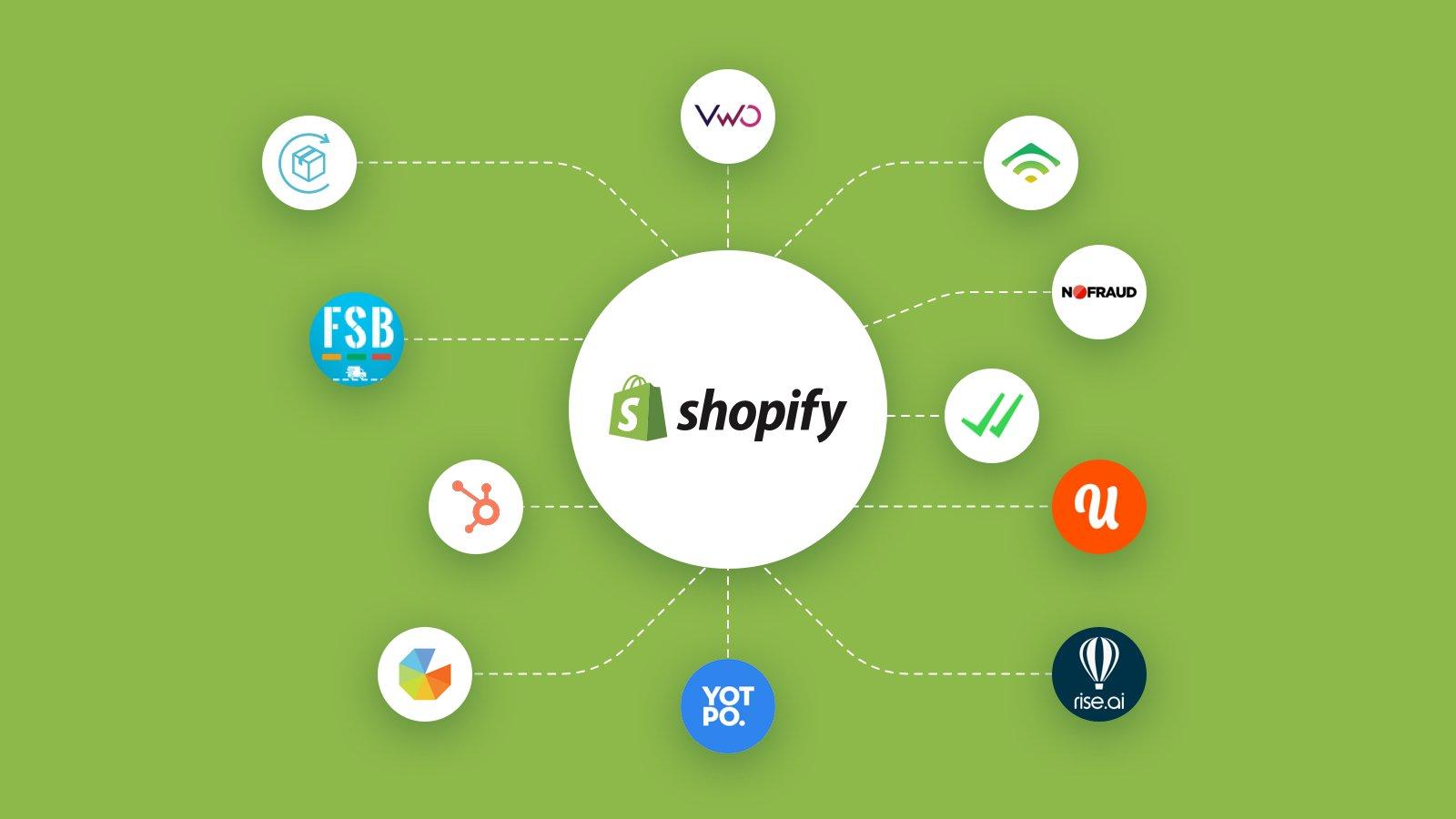WooCommerce Dropshipping 101: Everything You Need to Know
If you’ve ever dreamed of running your own online business but felt overwhelmed by the logistics,your not alone.Enter dropshipping—a game-changer for aspiring entrepreneurs. And when you pair it wiht WooCommerce,one of the most popular eCommerce platforms around,you’ve got a powerful combo that can turn your dreams into reality!
So,what exactly is dropshipping? Imagine selling products without the hassle of managing inventory,shipping,or even handling customer returns. Sounds too good to be true, right? Well, it’s not! In this article, we’ll break down everything you need to know about WooCommerce dropshipping.We’ll guide you through the basics, the benefits, and the steps to get started, all while showing you how easy it can be to set up your own store. Whether you’re a seasoned seller or a complete newbie, this guide will provide you with the insights and tools you need to succeed in the vibrant world of online retail. Let’s dive in and explore how you can launch your dropshipping business with WooCommerce today!
Understanding the Basics of WooCommerce Dropshipping
When it comes to launching an online store, WooCommerce dropshipping stands out as a practical and popular option. This method allows entrepreneurs to sell products without the need to manage inventory or handle shipping logistics directly. Instead, when a customer places an order on your site, you purchase the item from a third party who ships it directly to the customer. This model not only reduces overhead costs but also simplifies the eCommerce process.
Understanding the key components of dropshipping with WooCommerce is crucial for success. Hear are some essential elements you should consider:
- Supplier Relationships: Building strong relationships with reliable suppliers is fundamental. Their reliability affects your store’s reputation and customer satisfaction.
- Product Selection: Choose products that are in demand and align with your target audience. Conduct market research to find niches that are less competitive yet profitable.
- Pricing Strategy: Set competitive prices while ensuring a healthy profit margin. Consider shipping costs, supplier pricing, and your overhead expenses.
- Automated systems: Use plugins and software that integrate with WooCommerce to streamline order processing and inventory management.
One of the benefits of using WooCommerce for dropshipping is its extensive range of plugins that enhance functionality.For instance,plugins like AliDropship and Spocket automate product imports and order fulfillment. Here’s a quick comparison of popular dropshipping plugins:
| Plugin | Features | Pricing |
|---|---|---|
| AliDropship | One-click import, automated order fulfillment, product customization | One-time fee |
| Spocket | US/EU suppliers, real-time inventory updates, branded invoicing | Monthly subscription |
| Oberlo | Product sourcing, automated fulfillment, sales tracking | Free to start |
Marketing also plays a pivotal role in a WooCommerce dropshipping business. Effective strategies include SEO optimization, social media engagement, and email marketing campaigns. Creating a strong online presence will attract more visitors to your store and, ultimately, boost sales. Remember, the journey doesn’t end with launching your store; ongoing optimization and customer engagement are key to long-term success.
By grasping these foundational concepts, you’re setting yourself up for a thriving dropshipping venture. The beauty of WooCommerce lies in its versatility and adaptability, allowing you to tailor your eCommerce experience to suit your business needs and customer expectations. Dive in,explore the possibilities,and watch your business flourish!
Setting Up Your WooCommerce Store for Success
Launching a prosperous WooCommerce store requires careful planning and attention to detail.Here are some key elements to focus on when setting up your store:
- Choose the Right Niche: Start by selecting a niche that aligns with your interests and has a viable market. Research trends and target audiences to ensure there’s demand for your products.
- Optimize Your website Design: A clean, user-amiable design can significantly impact conversions. Make sure your site is mobile-responsive, easy to navigate, and visually appealing.
- Utilize SEO Best Practices: Optimize product titles, descriptions, and images for search engines. This will help in driving organic traffic to your store.
- set Up Payment Gateways: Offer multiple payment options to cater to different customer preferences.Popular choices include PayPal, Stripe, and credit cards.
Once the basics are in place, consider implementing additional features that enhance the shopping experience:
| feature | Description | Benefits |
|---|---|---|
| Live Chat Support | Provide real-time assistance to customers. | Increases customer satisfaction and reduces cart abandonment. |
| Product Reviews | Enable customers to leave feedback on products. | Builds trust and encourages purchases. |
| Email Marketing integration | Connect your store with email marketing platforms. | Improves customer engagement and repeat sales. |
Don’t forget about logistics and shipping. Choose reliable dropshipping suppliers and ensure that your shipping policies are clearly outlined on your site. Openness in shipping times and costs will foster trust with your customers,leading to higher conversion rates. Additionally, consider offering free shipping for orders over a certain amount to incentivize larger purchases.
make use of analytics tools to monitor your store’s performance. Understanding customer behavior and sales trends will allow you to make data-driven decisions that can further enhance your store’s success. Regularly review your metrics, and don’t hesitate to adjust your strategies based on what the data tells you.
Finding Reliable suppliers to Ensure Quality and Trust
When venturing into the world of dropshipping, the most crucial step is to establish partnerships with suppliers who are not only reliable but also committed to quality. your business’s reputation hinges on the products you offer, so taking the time to find trustworthy suppliers is essential. Here are some strategies to help you identify suppliers who fit the bill:
- Research and Reviews: Begin by exploring various platforms and forums where other dropshippers share their experiences. Websites like Alibaba, SaleHoo, and Oberlo can provide insights into supplier reputation. Look for suppliers with positive reviews and a proven track record.
- Sample Orders: Don’t settle for just browsing ratings; order samples before committing to any supplier. This step allows you to evaluate the product quality firsthand, ensuring it meets your standards and those of your future customers.
- Dialogue: A reliable supplier should be easy to communicate with.Assess their responsiveness and willingness to assist with inquiries. If they are slow to reply during your initial contact, it may be indicative of future issues.
In addition to the strategies above, consider the following criteria to evaluate potential suppliers:
| Criteria | Importance |
|---|---|
| Product Quality | High |
| delivery Times | Medium |
| Return Policy | High |
| Minimum Order Requirements | Low |
| Payment Options | Medium |
Lastly, building a relationship with your suppliers can lead to better terms and collaboration opportunities in the long run. Treat your suppliers as partners in your business. Regular communication, prompt payments, and feedback on products can foster a mutually beneficial relationship. This investment in partnership not only ensures quality and trust but can also lead to exclusive deals and improved service.
By dedicating time and effort to find the right suppliers, you create a solid foundation for your dropshipping business. Quality products and dependable partners will ultimately enhance customer satisfaction and drive the success of your WooCommerce store.
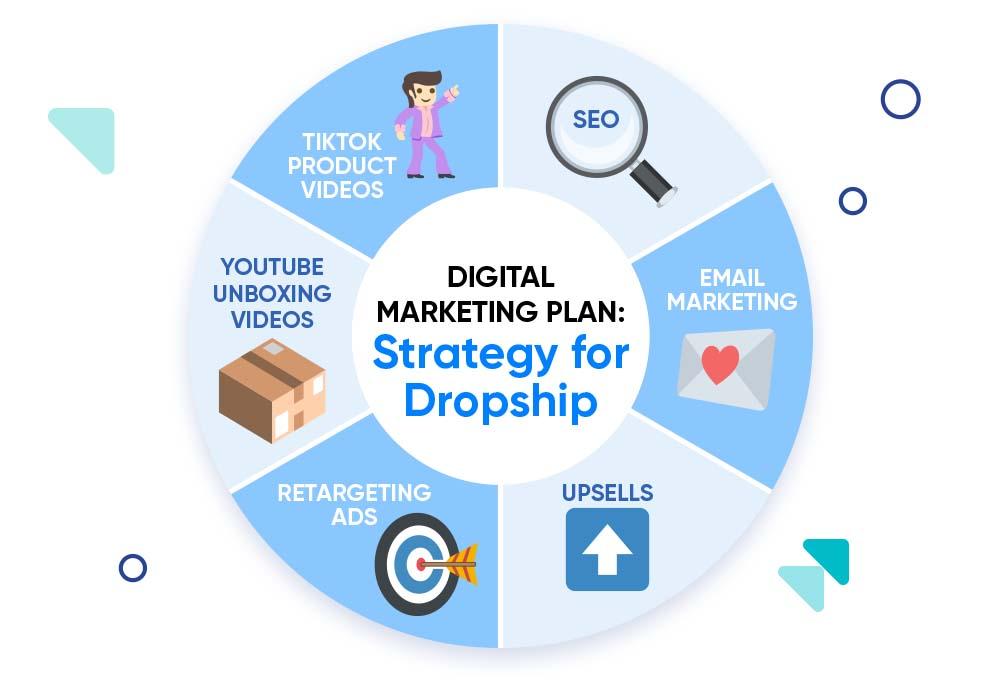
Mastering Marketing Strategies to Boost Your Dropshipping Sales
To truly excel in the dropshipping realm, understanding the nuances of effective marketing strategies is crucial. The right approach can amplify your sales, help you stand out in a saturated market, and foster customer loyalty. Here are some key strategies to consider:
- Content marketing: Create valuable content that resonates with your target audience. This could be through blog posts, guides, or videos that showcase your products in action. Providing useful details not only drives traffic but also positions you as an authority in your niche.
- Social media Engagement: Actively engage with potential customers on platforms like Instagram, Facebook, and Pinterest. Use eye-catching visuals and authentic storytelling to create a deeper connection with your audience. Regularly posting user-generated content can also enhance community trust.
- Email Marketing: Build an email list and send targeted campaigns that include promotions, product launches, and personalized recommendations. An enticing subject line and a clear call to action can significantly boost your open and conversion rates.
- Influencer Collaborations: Partnering with influencers who align with your brand can expand your reach and credibility. choose influencers who genuinely believe in your products, as their authentic endorsements tend to convert followers into buyers.
- Search Engine Optimization (SEO): Optimize your website for search engines to attract organic traffic. Use relevant keywords, improve page loading speed, and ensure mobile-friendliness to enhance user experience and increase visibility.
It’s also essential to analyze your performance regularly. Use tools like Google Analytics to track customer behavior, source of traffic, and conversion rates. This data is invaluable for refining your strategies and making informed decisions. For example,consider the following metrics:
| Metric | Description | Importance |
|---|---|---|
| Traffic Sources | Identifies where your visitors are coming from. | Helps focus your marketing efforts. |
| Conversion Rate | Percentage of visitors who make a purchase. | Indicates the effectiveness of your sales funnel. |
| Average Order Value | Average amount spent per transaction. | Guides pricing and upselling strategies. |
don’t underestimate the power of customer feedback. Actively seek reviews and testimonials to build trust and improve your offerings. positive social proof can greatly influence buying decisions, while constructive criticism can provide insights into areas for improvement. Engage with your customers post-purchase to gather their insights and foster a community around your brand.

Optimizing Your Store for Better User Experience and Conversion
Creating an remarkable user experience is crucial for any online store, particularly in the competitive landscape of dropshipping. When potential customers visit your WooCommerce store, they should be met with an intuitive design that facilitates their shopping journey. Start by ensuring your website is mobile-friendly; a notable number of users shop from their mobile devices. A responsive layout not only enhances user experience but also boosts your search engine ranking, making it easier for customers to find you.
Utilize high-quality images and engaging product descriptions to attract and retain visitors. Visuals matter—consumers are more likely to purchase products that they can see in detail. Consider incorporating zoom features and multiple angles to give shoppers a comprehensive look at what they’re buying. Additionally, well-crafted descriptions that highlight key features can make all the difference. Use bullet points to emphasize critically important details quickly:
- Size and dimensions
- Material and care instructions
- Unique selling points
Another essential aspect is the navigation of your store. Implement a clear and straightforward menu structure that allows users to find what they’re looking for with minimal effort. consider adding a search bar and linking popular categories or featured products directly from the homepage. A well-organized site not only keeps visitors happy but also encourages them to explore more, increasing the chances of conversion.
Don’t underestimate the power of customer reviews and ratings! These elements build trust and credibility for your brand. Display them prominently on product pages and consider adding a section for testimonials on your homepage. You can create a simple table that summarizes product ratings, which can definitely help visitors make informed decisions:
| Product | Rating | Reviews |
|---|---|---|
| Product A | 4.5/5 | 150 |
| Product B | 4.0/5 | 85 |
| Product C | 4.8/5 | 200 |
simplify the checkout process.A lengthy or complicated checkout can lead to cart abandonment.Implement features like guest checkout, progress indicators, and auto-fill options to make the purchasing process as seamless as possible. By optimizing these elements, you not only improve user satisfaction but also increase your conversion rates significantly.
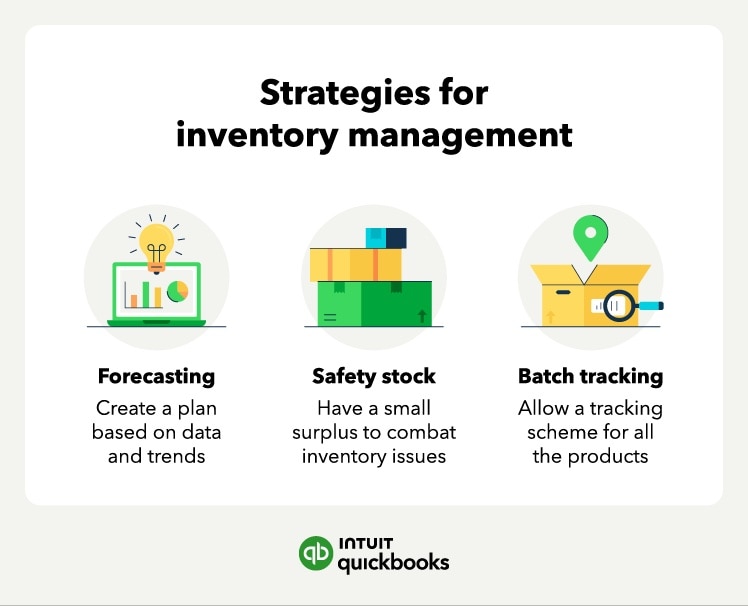
Managing Inventory and Order Fulfillment Efficiently
Managing inventory and order fulfillment effectively is crucial for the success of your WooCommerce dropshipping business. With the right strategies in place, you can streamline operations, minimize errors, and ensure customer satisfaction. Here are some key practices to consider:
- Automate Inventory Management: Utilize plugins that synchronize inventory levels in real-time. This reduces the risk of overselling and helps you maintain accurate stock counts.
- Set Alerts for Low stock: Implement notifications for low inventory levels so you can reorder products before they run out. This ensures you always have popular items available for customers.
- Organize Your Product Listings: Categorize products effectively in your WooCommerce store. This not only makes navigation easier for customers but also simplifies inventory tracking.
Order fulfillment is another critical aspect to focus on. The quicker and more efficiently you can fulfill orders, the happier your customers will be. Consider these tips:
- Choose Reliable Suppliers: Partner with suppliers known for their prompt shipping and quality products. A dependable supplier can significantly speed up your order fulfillment process.
- Implement a clear Return Policy: Establishing a straightforward return policy can enhance customer trust and encourage repeat purchases. Make sure this policy is easily accessible on your website.
- Utilize Shipping Software: Integrate shipping solutions that allow you to automate label printing,track shipments,and manage multiple carriers from one dashboard.
To visualize the impact of effective inventory management and order fulfillment, consider the following table comparing key metrics before and after implementing best practices:
| Metric | Before Implementation | After Implementation |
|---|---|---|
| Order Processing Time | 3-5 days | 1-2 days |
| Stockouts | 15% | 5% |
| Customer satisfaction Rate | 75% | 90% |
By focusing on these aspects, you can create a more efficient inventory and order fulfillment system. Not only will this lead to better operational performance, but it will also foster a positive shopping experience for your customers, driving loyalty and increasing sales over time.

Leveraging Analytics to drive Your Dropshipping Growth
In the world of dropshipping, data is your best friend. By leveraging analytics, you can uncover valuable insights that will help you identify trends, optimize your inventory, and improve your overall business strategy. This data-driven approach can significantly enhance your decision-making process, allowing you to focus on what truly matters: growing your brand.
First and foremost,understanding customer behavior is crucial. Analytics tools such as Google Analytics can provide detailed insights into how visitors interact with your online store. You can track metrics like bounce rates, page views, and conversion rates to determine which products are most popular and where potential customers drop off in the sales funnel. By analyzing this data, you can tailor your website and marketing efforts to better meet the needs of your audience.
- Identify high-performing products: Use analytics to spot your best-selling items and promote them more effectively.
- Optimize pricing strategies: evaluate sales data to adjust prices dynamically based on demand and competition.
- Enhance customer engagement: Segment your customers based on their behavior to deliver personalized marketing campaigns.
another critical aspect of analytics is inventory management. By tracking sales trends and seasonality,you can make informed decisions about stock levels and supplier orders. This approach minimizes the risk of overstocking or running out of popular items, which can lead to lost sales. Consider using tools like WooCommerce’s built-in analytics or third-party plugins that provide advanced inventory tracking features.
To put your analytics insights into perspective, you can create a simple dashboard that summarizes key performance indicators (KPIs). Here’s a quick example of what such a table might look like:
| Metric | Current Month | Last Month | % change |
|---|---|---|---|
| Website Visitors | 5,000 | 4,500 | +11% |
| Conversion Rate | 2.5% | 2.0% | +25% |
| Average Order Value | $75 | $70 | +7% |
By consistently monitoring these metrics, you can adjust your strategies in real time, ensuring that your dropshipping business remains agile and responsive to market demands. Remember, the key to successful dropshipping lies not only in choosing the right products but also in making informed, data-driven decisions that will set your business on the path to growth.
